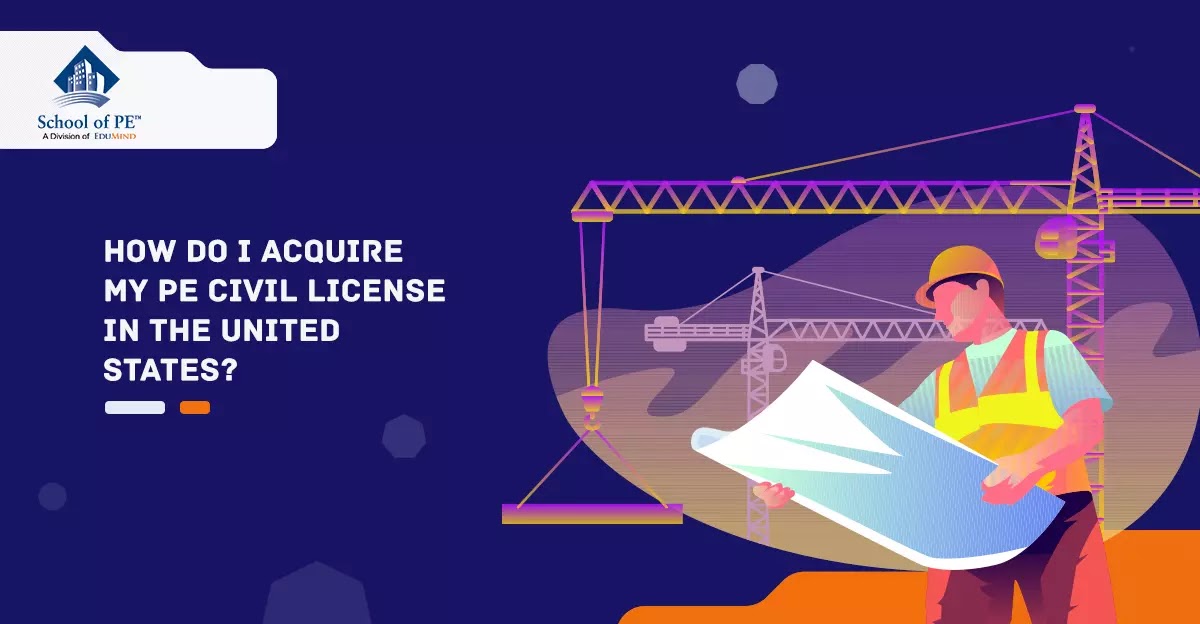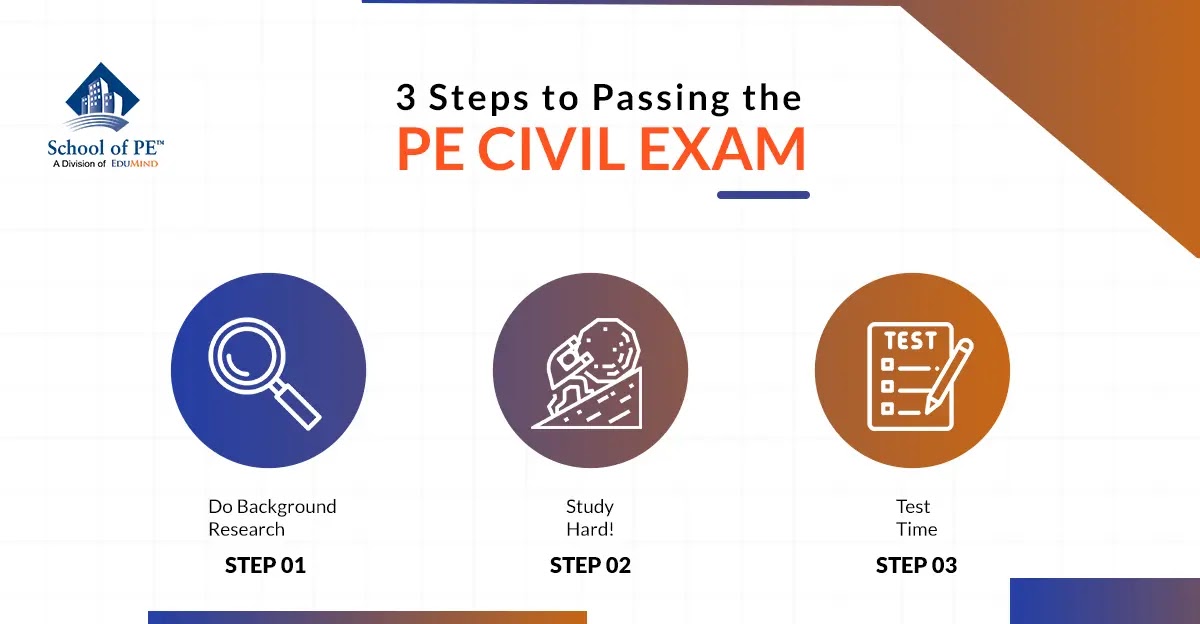
Friday, 29 October 2021
What does a fire protection engineer do?

Friday, 22 October 2021
How Do I Acquire My PE Civil License in the United States?
- A passing grade on both the FE and PE Civil exam.
- A bachelor's degree in engineering from an EAC/ABET accredited program (or other equivalent degree combinations).
- Engineering work experience.
- References from other engineers.

Eric is a professional engineer with over 5 years of experience in the civil and stormwater industry. Prior to obtaining his master's degree from Colorado School of Mines, Eric attended Georgia State University where he played on the men's soccer team for four years. When Eric is not practicing engineering, he still enjoys kicking the soccer ball as well as hiking and traveling.
Wednesday, 13 October 2021
3 Steps to Passing the PE Civil Exam

Eric is a professional engineer with over 5 years of experience in the civil and stormwater industry. Prior to obtaining his master's degree from Colorado School of Mines, Eric attended Georgia State University where he played on the men's soccer team for four years. When Eric is not practicing engineering, he still enjoys kicking the soccer ball as well as hiking and traveling.
Friday, 8 October 2021
Top Four Fire Protection Engineering Education Programs
- The program was completely online and was very convenient to attend classes either live or recorded.
- I preferred to attend the classes live so I could ask questions as I went along and then watch the recordings for parts that I needed to review.
- All the instructors were extremely responsive, as I could expect an email response from them within the hour during the day and no longer than 24 hours, even on the weekends.
- They did offer in-person classes at the actual campus and a few students attended that way.
- The only negative about the program would be that some of the concepts would have been more easily understood in person, but that can be easily overcome by asking questions or attending in-person classes, and this issue is universal for all online programs.
- Overall, I would highly recommend getting your master's degree in fire protection engineering, and when you do sign up at https://fpe.calpoly.edu/, let them know that I sent you!
- They are the gold standard when it comes to fire protection engineering programs because they have significant research resources and outstanding faculty.
- Many of their professors are considered top tier in the fire protection industry and have many years of experience and knowledge.
- Most people with a degree in fire protection engineering are graduates of the University of Maryland and the alumni are very active post-graduation, so networking opportunities are likely to abound.
- If you are interviewing at a fire protection engineering consulting firm, chances are high that the interviewer is from the University of Maryland, and they will be familiar with your background.
- The University of Maryland boasts the only bachelor's degree program that is ABET accredited.
- You can find more information here: https://fireprotection.umd.edu/.

- This is an English-speaking program that offers a unique European perspective on fire protection engineering, as they emphasize performance-based solutions rather than code-driven requirements.
- Ghent University is also part of a larger network of other world-renowned universities including the University of Edinburgh, Lund University, University of Queensland, ETH Zurich, and University of Maryland, so their program is able to provide resources from a multitude of top institutions. To find out more, visit https://studiekiezer.ugent.be/international-master-of-science-in-fire-safety-engineering-en/2021.
- Because they offer a degree in engineering technology, you should first check with your state's engineering licensing board to see if that qualifies you to take the professional engineering exam.
- Oklahoma State University offers a more hands-on approach to fire protection engineering in which students will actually don firefighting equipment and learn practical approaches to fire prevention. Learn more about this program here https://ceat.okstate.edu/det/fpset/.
Nick Tran is a licensed Mechanical and Fire Protection Engineer in California. He has an Associates degree in Computer Aided Design from De Anza College, a Bachelor of Science degree in Mechanical Engineering from San Jose State, and a Master of Science degree in Fire Protection Engineering from Cal Poly SLO. He is currently on the UL Standards Technical Panel for UL 38 and was president of the Alameda County Fire Prevention Officers Association.